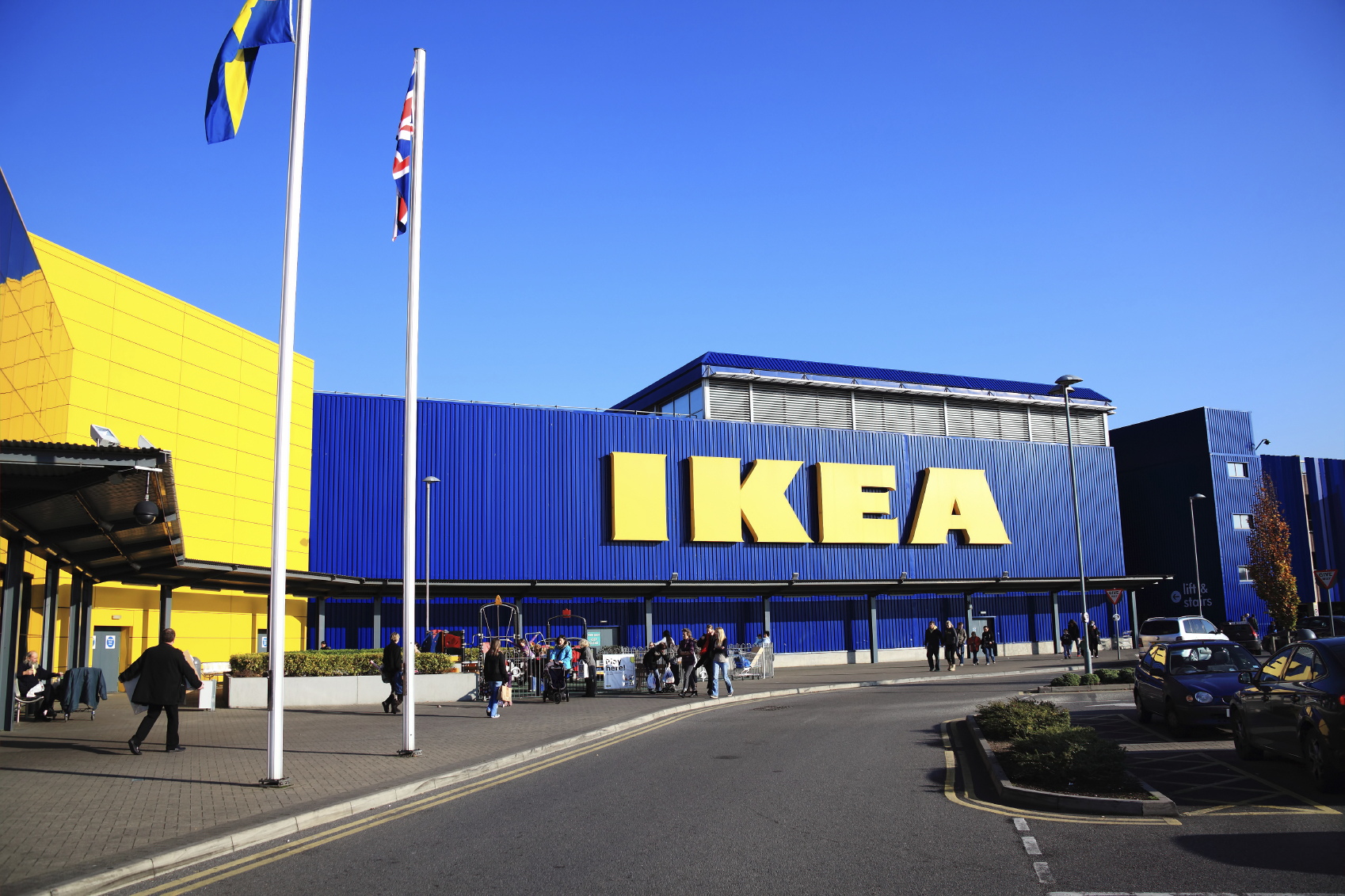What Happened
Yesterday, IKEA made its foray into virtual reality with a pilot program for a branded VR showroom experience. Designed for HTC’s Vive headset and available on Steam, the experience will allow consumers to step into a highly customizable virtual IKEA kitchen, where they can, for example, change the cabinet and drawer colors and view the room from the height of a child or adult. The pilot is scheduled to run through the end of August.
What Brands Need To Do
As a nascent medium, virtual reality holds great potential in marketing for it enables brands to engage consumers with immersive experiences and offer customers a well-rounded look at their products, services, or stores. IKEA’s VR experience makes virtual showrooming an interactive and customizable experience, something that all brands can learn a thing or two from when developing branded VR content.
Source: Engadget


